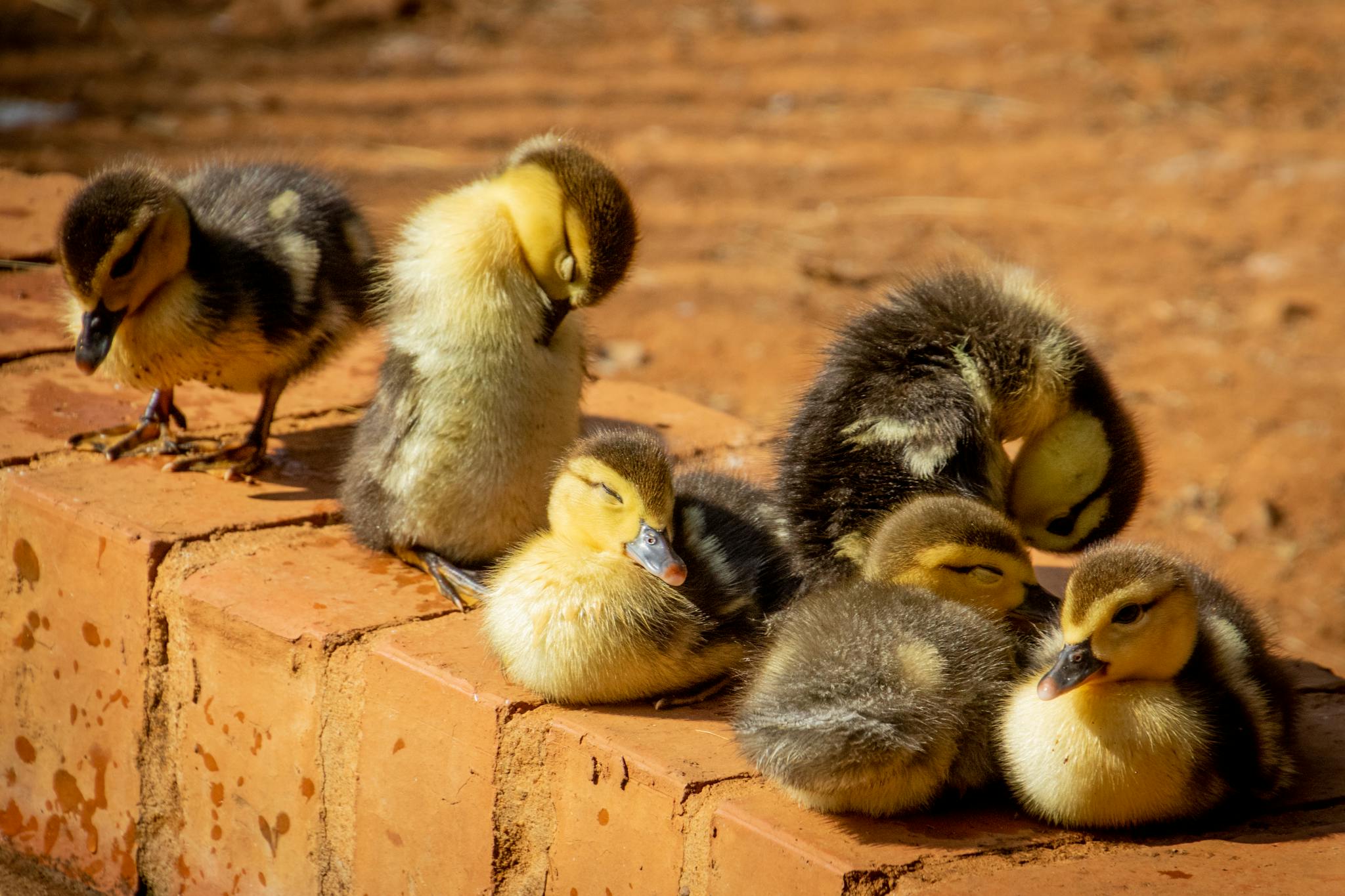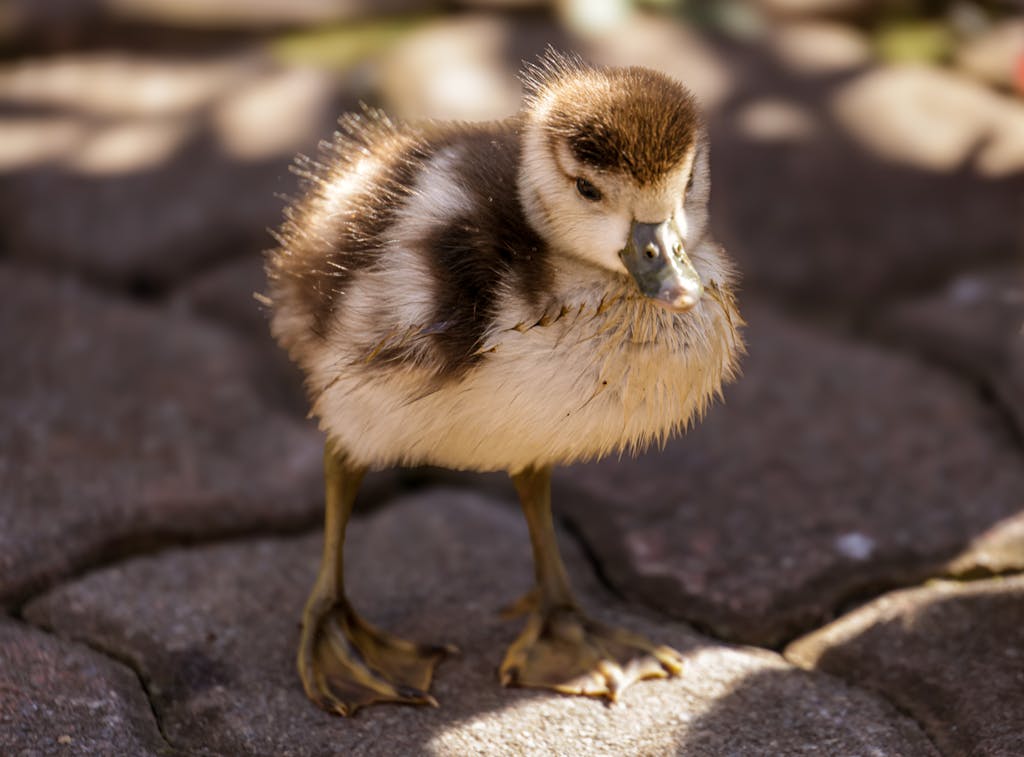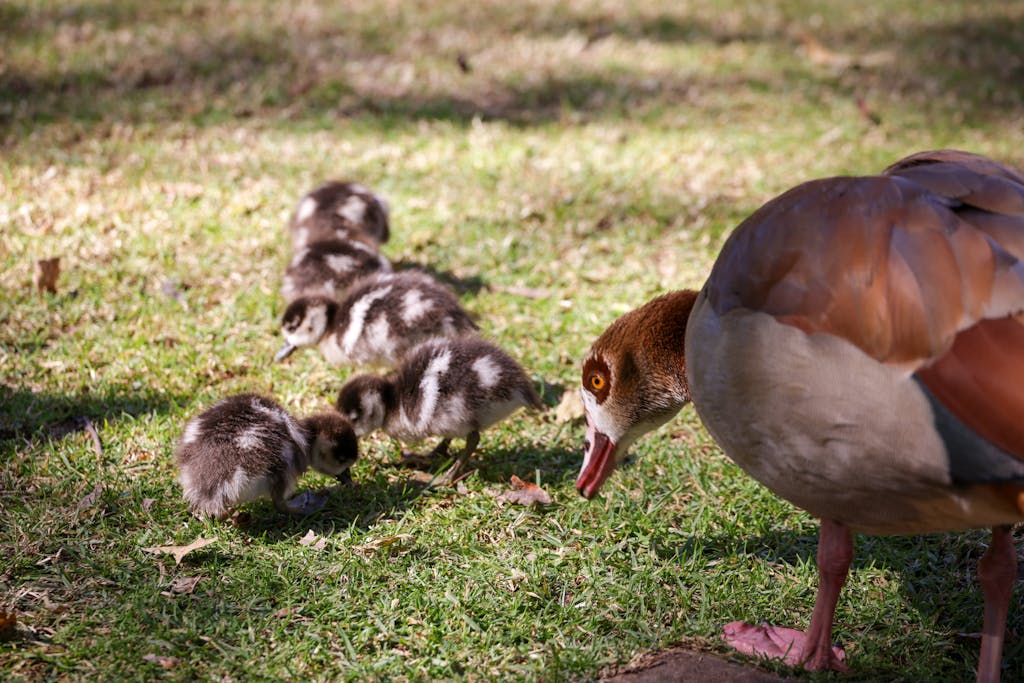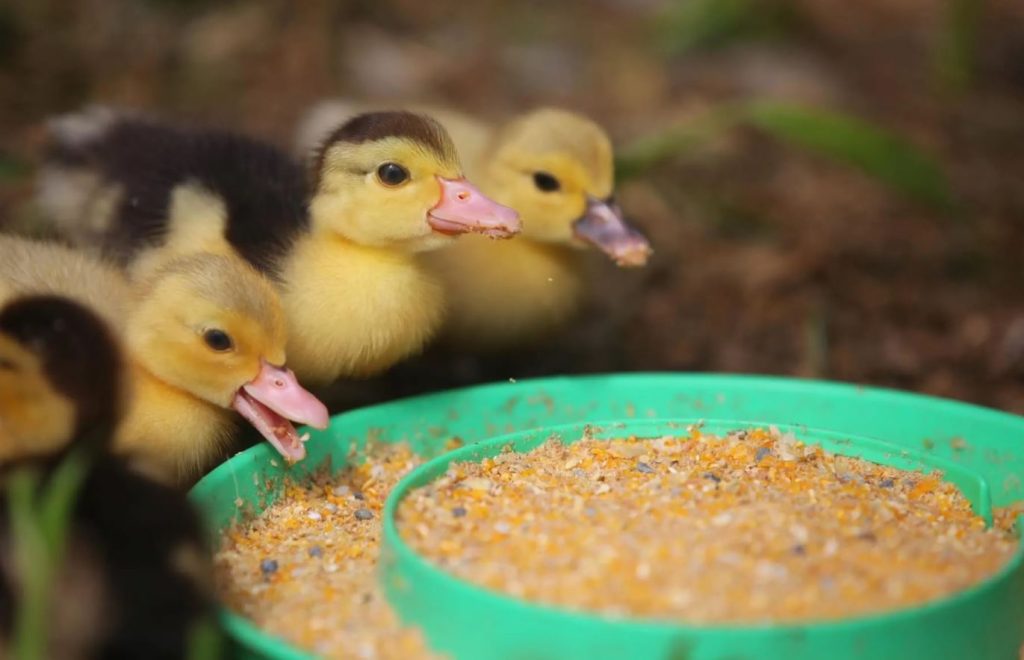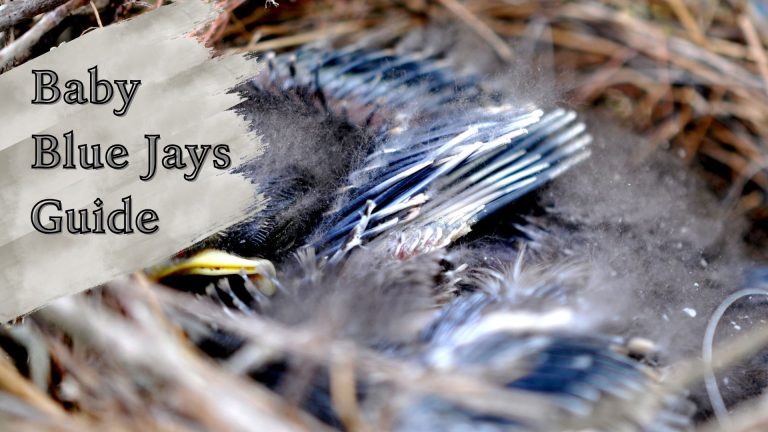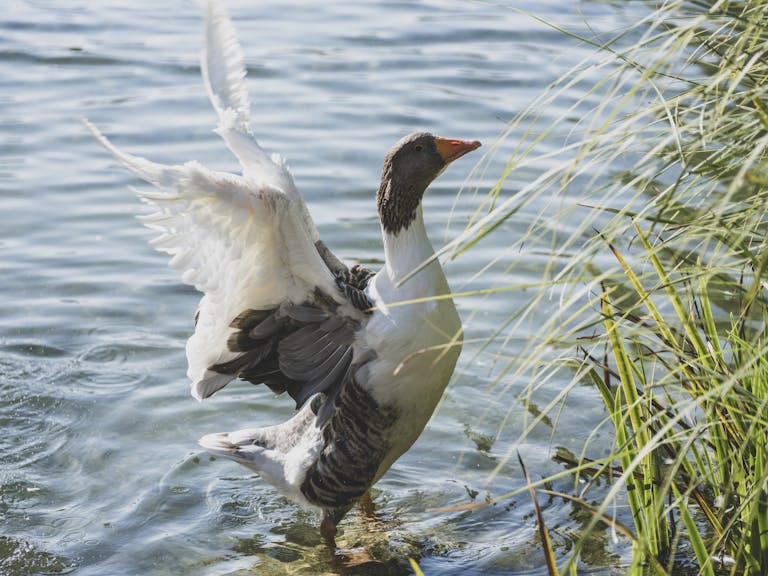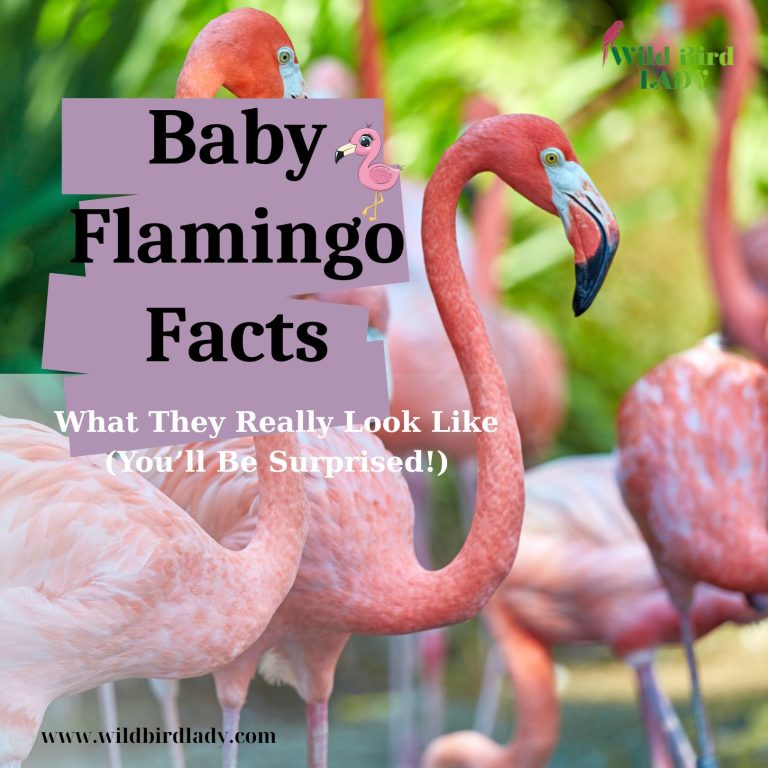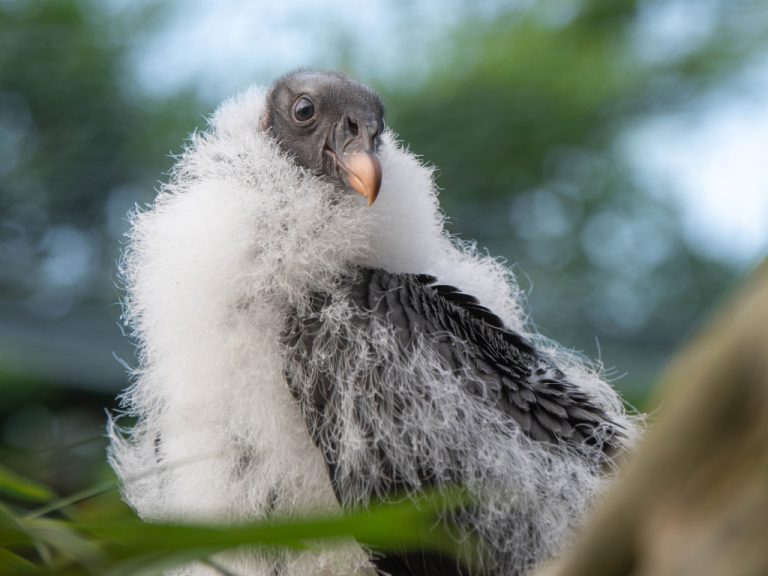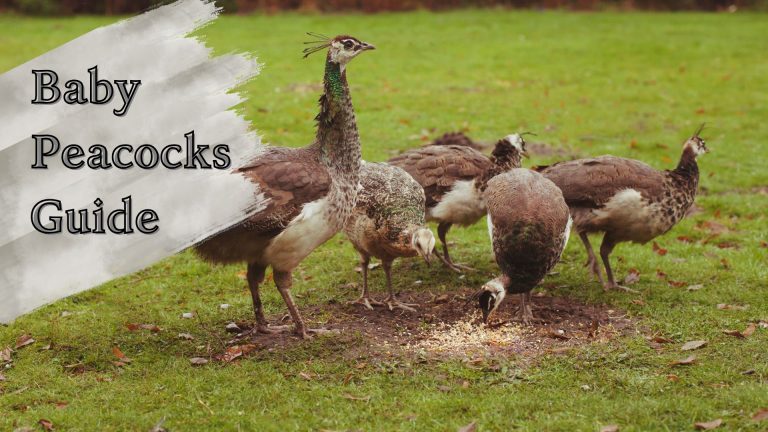Baby Ducks: What They Look Like, Eat, and How to Help Them Thrive
As a birdwatcher with over 13 years of experience in the field, I’ve spent countless early mornings watching ducklings waddle behind their mothers along quiet ponds and lakesides. There’s something endlessly captivating about baby ducks—those fuzzy, curious little creatures that charm even the most casual nature observer.
In this guide, I’ll walk you through everything you need to know about baby ducks. From their appearance and diet to their behavior and development, we’ll dive into the wonderful world of ducklings. I’ll also share practical tips for helping them survive in the wild or in your backyard.
What Is a Baby Duck Called?
A baby duck is commonly known as a duckling. This term applies from hatching until they grow enough feathers and independence to be considered juveniles.
Ducklings are precocial birds, meaning they are relatively mature and mobile shortly after hatching. Unlike songbird chicks, which hatch blind and helpless, ducklings can walk, swim, and feed themselves within hours of emerging from the egg.
What Do Baby Ducks Look Like?
Ducklings are famously cute: small, round bodies covered in downy fluff, usually yellow, brown, or a mix of both, depending on the species.
Some visual characteristics include:
- Size: About 2 to 4 inches long at hatch
- Eyes: Open and alert immediately
- Feet: Fully formed webbed feet, capable of paddling right away
- Bill: Small and stubby at first, grows with age
- Down feathers: Provide insulation but are not waterproof at first
Interestingly, while many domestic ducklings are yellow (like the popular Pekin duck), wild species like the Mallard have brown and yellow camouflage patterns for better protection against predators.
When Do Ducks Lay Eggs?
Ducks usually lay eggs in spring and early summer, though this can vary by region and species. Mallards, for instance, often begin laying as early as March.
A typical clutch contains 8 to 13 eggs, which the mother incubates for about 25 to 28 days. During this time, she rarely leaves the nest. Once hatched, ducklings leave the nest within 24 hours—often making a dramatic leap from high nesting sites to the ground or water below.
Where Are Baby Ducks Born?
Ducklings are typically born in nests made by the mother duck (hen), which are well-camouflaged and located in dense vegetation, tall grasses, or even in urban environments like flowerpots or building ledges.
Some duck species, such as the Wood Duck, nest in tree cavities. Their ducklings take an astonishing leap to the ground on their first day of life—a behavior that has fascinated researchers and photographers alike.
According to the Cornell Lab of Ornithology, Wood Duck ducklings are known to jump from nests as high as 50 feet without injury, thanks to their light bodies and fluffy down.
What Do Baby Ducks Eat?
In the Wild
Ducklings are omnivorous and opportunistic feeders. In the wild, their diet includes:
- Aquatic insects and larvae
- Small crustaceans
- Worms and snails
- Algae
- Aquatic plants and seeds
Their mother leads them to feeding areas—usually shallow wetlands—where they learn by example. The ducklings use their tiny bills to dabble in the water and mud.
A study published in The Journal of Wildlife Management highlights that early access to invertebrates significantly boosts duckling survival rates, as high-protein diets are essential for growth.
In Captivity or Backyard Settings
If you’re raising ducklings or supporting wild ones in your yard, provide:
- Unmedicated chick starter (high in protein, but free of antibiotics)
- Oats and chopped greens (e.g., dandelion, lettuce)
- Boiled eggs (mashed for added protein)
- Insects or mealworms
Always provide clean, shallow water for them to drink and dabble in. But be careful: Ducklings can drown easily if water is too deep or cold.
How Fast Do Baby Ducks Grow?
Ducklings grow incredibly fast. Here’s a rough timeline:
| Age | Development Milestone |
|---|---|
| Day 1 | Can walk, swim, and follow mother |
| Week 1 | Begin dabbling and pecking at food |
| Week 2–3 | Down replaced by juvenile feathers |
| Week 4–5 | Start testing their wings |
| Week 6–8 | Can fly short distances (depending on species) |
By around 2 months, most ducklings are fully feathered and able to fend for themselves.
How Do Baby Ducks Stay Warm?
Ducklings don’t have waterproof feathers at birth. Instead, they rely on:
- Mother’s body heat: Ducklings huddle under her wings for warmth.
- Sibling huddling: Especially in colder climates or when the mother is away.
- Sun exposure: They bask during the day to maintain body temperature.
Until they develop their uropygial (oil) gland, they can’t waterproof their own feathers. Their mother often helps by rubbing her own oil onto them during preening.
What Predators Do Ducklings Face?
Sadly, ducklings face high mortality in the wild. Common predators include:
- Raccoons
- Snakes
- Foxes
- Hawks and owls
- Large fish (like bass or pike)
- Domestic cats and dogs
The Audubon Society notes that urban ducklings are increasingly vulnerable to road traffic and storm drains, where many become trapped or injured.
How Do Baby Ducks Communicate?
Ducklings are surprisingly vocal. They:
- Peep when separated from their mother
- Chirp softly when content or warming
- Squeal loudly when alarmed
Mothers use low, rhythmic quacks or grunts to call them back or signal danger. This vocal bonding begins even before hatching; ducklings can communicate from inside the egg.
How to Help Wild Baby Ducks
If you come across baby ducks in your neighborhood or backyard, here’s how to help without interfering too much:
1. Do Not Feed Bread
Bread is harmful—it lacks nutrients and can lead to a condition called angel wing, which deforms their wing growth.
2. Keep Pets Away
Even the friendliest dog can frighten or harm ducklings.
3. Provide Safe Water Access
A shallow dish or pond with gently sloped edges is ideal. Avoid pools with steep sides or slippery liners.
4. Cover Drains and Gutters
Many urban ducklings fall into storm drains. Cover grates temporarily during nesting season.
5. Let the Mother Lead
If a family of ducks is trying to cross a road, stop traffic if it’s safe, but never try to “herd” them unless they’re in danger.
According to wildlife rehabilitators, intervention should only occur if the mother is dead or the ducklings are clearly injured or orphaned.
Can You Raise Baby Ducks at Home?
It’s possible to raise domestic ducklings, but they require constant care and special housing. Here are the basics:
- Brooder with heat source: Keep it at ~90°F for the first week, decreasing gradually
- Non-slip bedding: Avoid newspaper; use towels or straw
- Constant water access: But shallow to prevent drowning
- Duck-safe feed: High protein, no antibiotics
Remember: In many regions, keeping wild ducklings is illegal without a permit.
Baby Duck Fun Facts
- Ducklings imprint on the first moving object they see, usually their mother—but in captivity, it could be a human!
- Some ducklings can dive underwater for several seconds to escape predators.
- A female duck may adopt ducklings from other broods—scientists call this “brood amalgamation.”
Final Thoughts from the Field
Watching ducklings grow—from fuzzy yellow fluffs to confident, graceful swimmers—never gets old. I’ve tracked families through marshes in the early hours and spotted them crossing suburban streets under their mother’s guidance. Each time, I’m reminded of how delicate yet determined these tiny birds are.
By understanding their needs and respecting their wild nature, we can ensure that more ducklings survive and thrive. Whether you’re a backyard bird lover or just someone who admires ducks from afar, baby ducks offer a beautiful glimpse into the resilience of nature.
FAQ: Baby Ducks
1. What is a baby duck called?
A baby duck is called a duckling. Ducklings are precocial, meaning they hatch with their eyes open and are able to walk and swim within hours.
2. What do baby ducks eat?
In the wild, baby ducks eat insects, small crustaceans, aquatic plants, and algae. In captivity, they can eat unmedicated chick starter, oats, greens, and mealworms.
3. How long does it take for baby ducks to grow up?
Most ducklings are fully feathered and capable of flight by 6 to 8 weeks old, depending on the species and environmental conditions.
4. Can you keep a wild baby duck as a pet?
No, keeping a wild duckling without a wildlife rehabilitation license is illegal in many areas. It’s best to contact local wildlife services if you find an orphaned duckling.
5. How can I help baby ducks in my backyard?
To help baby ducks, avoid feeding them bread, keep pets away, provide shallow water, and never disturb the mother duck or nest unless the ducklings are in immediate danger.

